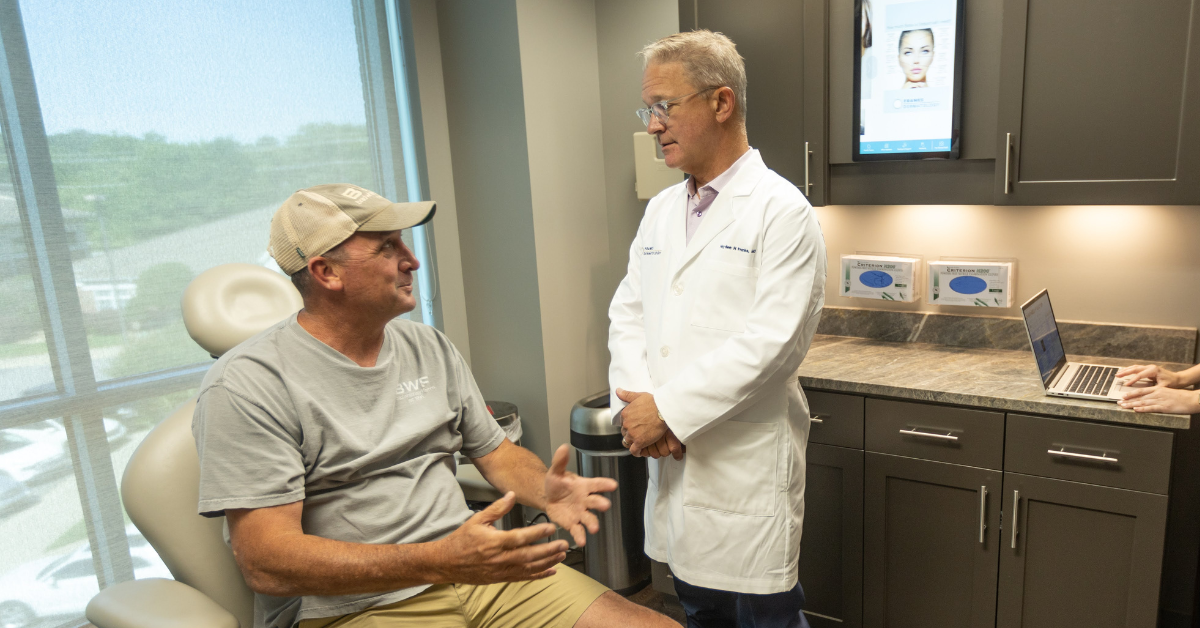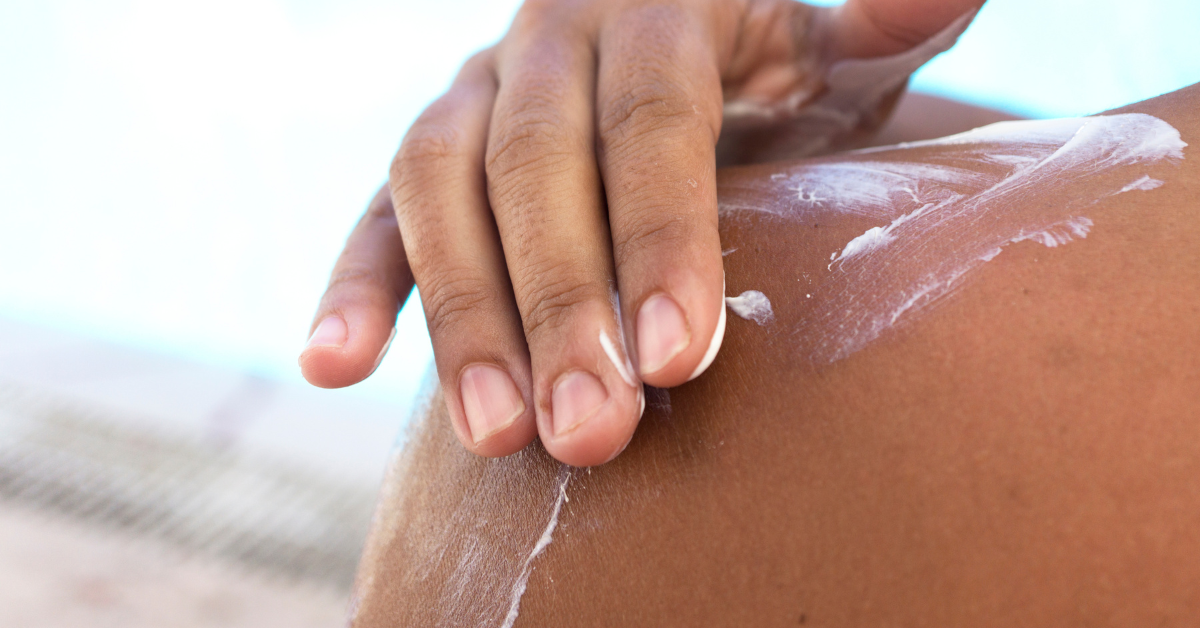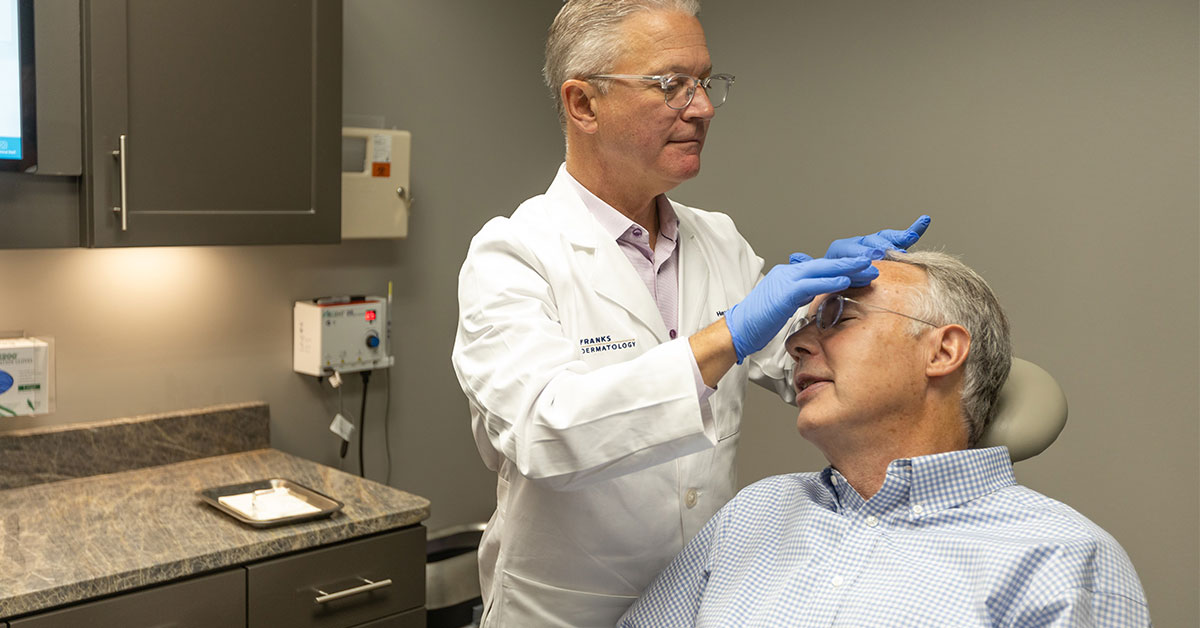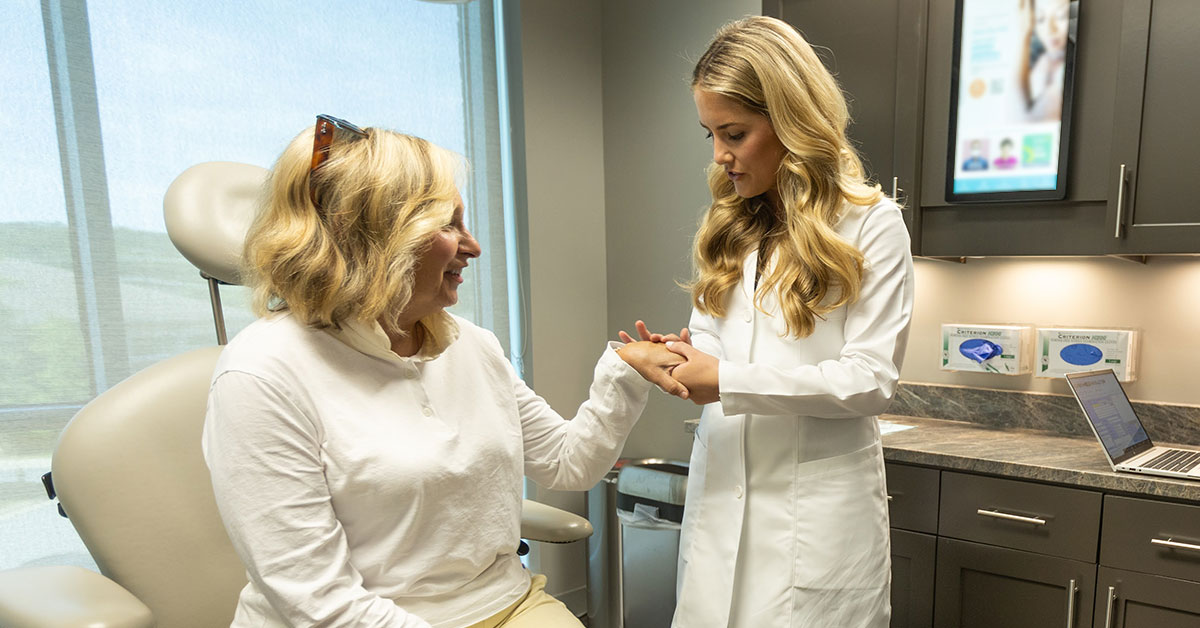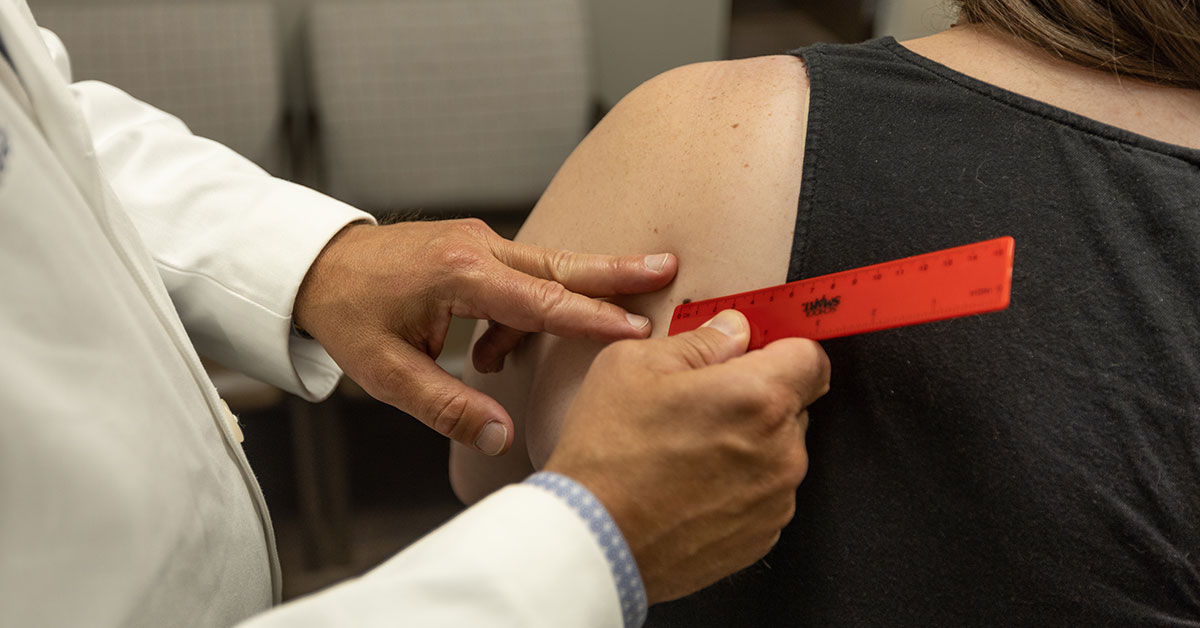Prevention
Skin cancer is an extremely common form of cancer, affecting millions of people worldwide each year. In fact, 1 in 5 Americans will contract some form of skin cancer before the age of 70. The good news is that many cases can be prevented through consistent habits. May is Skin Cancer Awareness month, but it’s…
Read MoreSkin cancer affects people of all cultures and age groups. As one of the most common forms of cancer, estimates predict 1 in 5 Americans will develop some variation of skin cancer. Exposure to ultraviolet (UV) radiation from the sun is the primary cause of skin cancer. This makes sun protection a major part of…
Read MoreSquamous cell carcinoma is a form of skin cancer that can be mistaken for other common skin conditions. Understanding Squamous Cell Carcinoma Squamous cell carcinoma (SCC) is a malignant tumor arising from epidermal keratinocytes. Most of the time, SCC is caused by sun damage. SCC is more aggressive than basal cell carcinoma and has a…
Read MoreThe most common form of skin cancer, basal cell carcinoma is often caused by prolonged exposure to UV radiation from the sun or tanning beds. It can also occur in areas of the skin that were previously compromised by radiation therapy, burns, or inflammation. Understanding Basal Cell Carcinoma Basal cell carcinoma (BCC) is a type…
Read MoreMelanoma is considered the most severe type of skin cancer. It’s important to recognize the signs of melanoma so you can alert your doctor about any suspicious areas on your skin. Understanding Melanoma Melanoma occurs when the cells responsible for producing the pigment of our skin turn cancerous. Although it affects people of any age, it…
Read More
